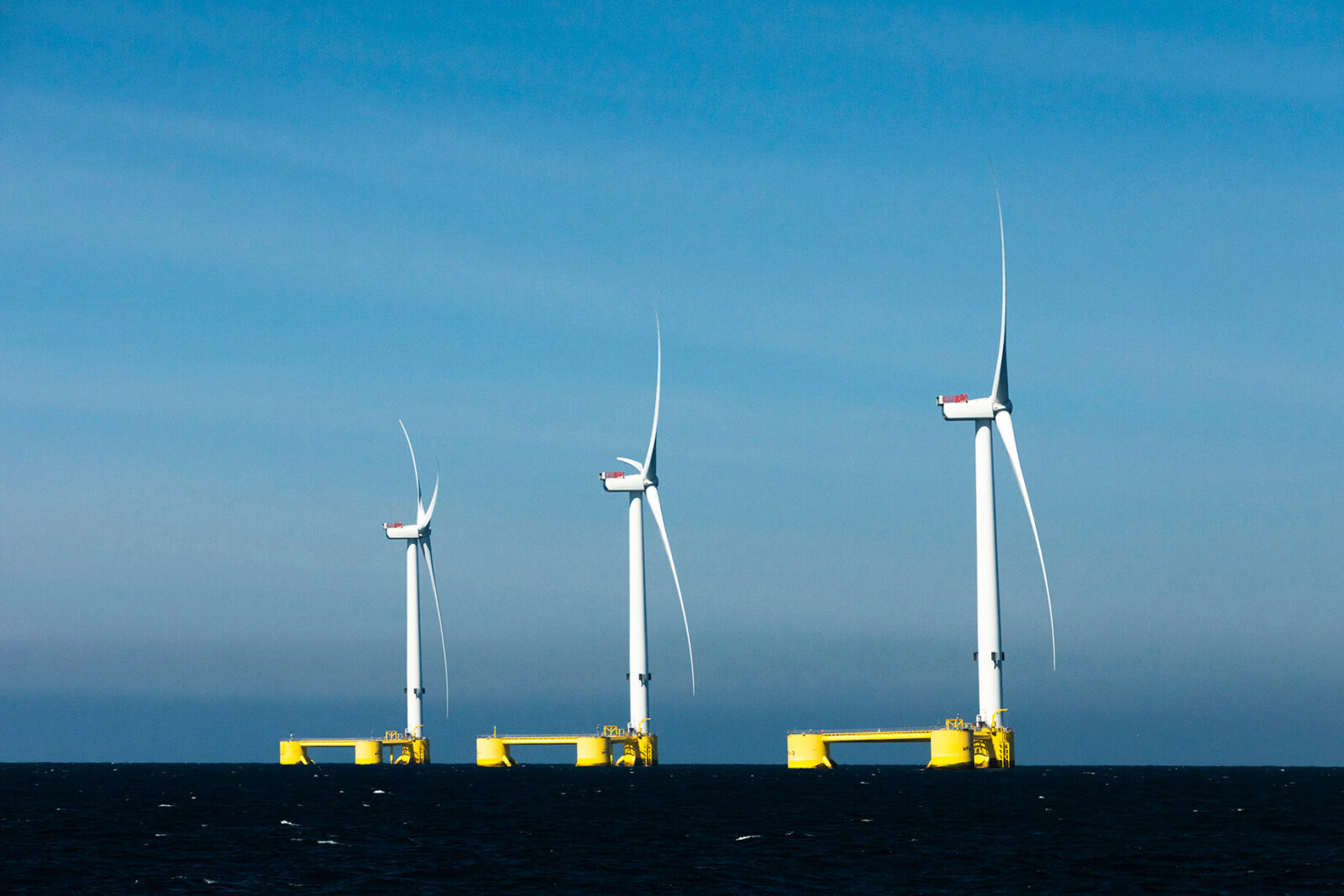Jennifer’s passion for preserving marine life and actively contributing to Scotland’s net zero transition, are just some of the reasons she enjoys her role as Consenting Associate for Caledonia.
We spoke to Jennifer to learn more about her route into offshore wind, highlights of working on Caledonia so far, and what she gets up to in her spare time.
How did you end up with a career in offshore wind?

I started my career with an undergraduate degree in Marine Biology at Heriot-Watt University (HWU) in Edinburgh. Following a gap year travelling around New Zealand I returned to HWU to complete a master’s degree in Marine Resource Development and Protection.
When I applied for university, I’d always assumed I’d end up in a hands-on role, either in the field or in a laboratory. I spent a summer during my undergraduate degree working with the invertebrate team at the National Museum for Scotland’s collection centre, so considered marine curation as a possible career path.
As I got closer to finishing my masters, I started looking for opportunities to gain experience in the environmental sector while I completed my dissertation. I met a representative from Ocean Winds (OW) at a local careers fair who encouraged me to apply for an internship position in the development team of the Moray West Offshore Wind Farm. After completing my degree and spending eight months working with the Moray West team, I moved on to the Caledonia project where I currently work, first as a consulting specialist, and now as a consenting associate.
Can you tell us about your role?
I’m responsible for managing the consenting and licensing aspects of the project’s offshore survey activities and ensuring we remain compliant with any conditions or guidance. I also support the offshore consents manager in carrying out Environmental Impact Assessment (EIA) activities, stakeholder engagement and day-to-day delivery of the project’s consenting strategy.
What has been the main highlight of working on Caledonia so far?
In September 2022, the OW development team took a trip to the Cromarty Firth to visit the University of Aberdeen’s Lighthouse Field Station, which we’ve done significant work with to research marine mammals in the area.
We took a boat out to the Firth and spotted a Minke Whale and dozens of dolphins. This really highlighted how biologically active the Moray Firth area is and the importance of remaining considerate of this during the development, construction and operation of our projects, minimising any impact on the environment.
What are the key lessons you’ve learned working in offshore wind?
Don’t be afraid to question the ways things are done. Offshore wind is a new and rapidly changing sector with innovative technologies constantly emerging, so it’s important to look for different and improved methods of reaching the end goal.
What would be your advice to others looking to pursue a career in offshore wind?
Don’t limit yourself to your previous experience or field of expertise. There are so many transferable skills that can be applied to careers paths in offshore wind and other renewable sectors.
It’s a great industry to work in if you’re passionate about actively contributing to Scotland’s net zero transition. Renewable energy will provide the foundation of our future energy system, while offering Scotland a huge opportunity for economic and industrial growth.
And finally, how do you spend your time outside of work?
In my spare time, you can find me playing roller derby (a full contact sport on roller skates) with my team, Auld Reekie Roller Derby, or on one of Scotland’s beaches, exploring its rockpools.

